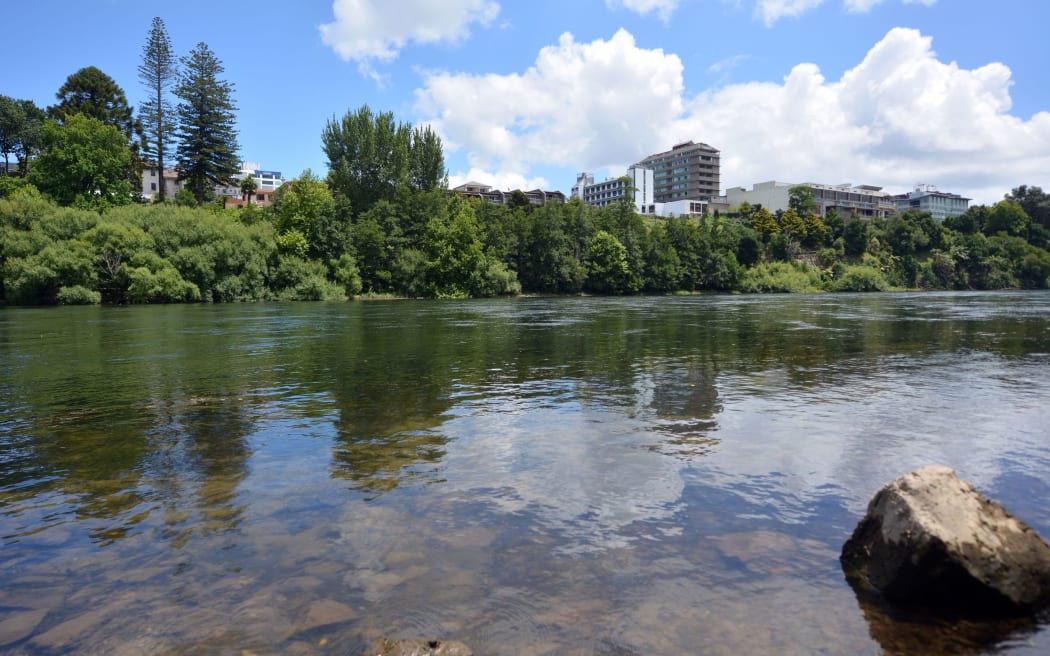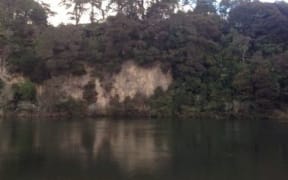Farmers in the Waikato River catchment are being warned that farming practices will need to change if the river is to be restored to its former glory after 150 years of degradation.
The river catchment was given a C-plus mark yesterday with the release of the first five year report card on its health and well-being.
The Waikato River Authority, charged with cleaning up the Waikato and Waipa rivers, says C-plus was a fail, but slow progress was being made.

Waikato River Photo: 123rf.com
The Waikato River catchment covers over 11,000 square kilometres. Water quality is near pristine at the source of the river coming out of Lake Taupo, but by the time it winds its way down 425 kilometres to the sea, via towns, farms, factories and power stations, the quality was not great.
Intensive farming practices, particularly dairying, and town and factory waste has - since the arrival of Europeans in the region - slowly but surely polluted the river and its tributaries.
Environment Minister Nick Smith said while there was some progress, tough decisions will have to be made.
"And the part that the Waikato community is going to have to confront is the diffuse pollution from more intensive, principally farming activity and that in terms of nutrients or sediment we are going to have to make the move on fencing all of those farms to keep the stock out of the river. We are going to have to put caps on the amount of nutrients individual farms are able to release into the catchment."
Waikato Regional Council chair Paula Southgate supported the Minister's warning.
"Intensified dairying will not be able to continue the way it has been going for the last ten years. People are going to have to look at different land-uses, smarter land-uses and that is going to hit the bottom-line for some people."
Waikato-Tainui and other river iwi co-govern the river and its catchment with the Crown on the Waikato River Authority.
Waikato-Tainui strategy manager Nicholas Manukau described returning the river to its former glory as an inter-generational journey, as it was likely to take at least 80 years.
He said it required buy-in from the entire region.
"Waikato-Tainui, the Waikato River iwi can't fix the problems of the past by ourselves, they were not of our doing, they occurred under the watch of the Crown and so it's important we hold them to account, as well as the other river users."
The Waikato River Authority has been going five years and in that time its spent $27 million on 170 different projects and planted 1 million trees and plants.
Chief Executive Bob Penter warned that C-plus might be the best result that could be expected in the foreseeable future.
"We are dealing with a system that is inherently slow, it has a tremendous lag built into it where some of the contaminants take 30 to 50 years before they actually emerge into the system where you might be able to measure that they are there. The measures of well-being might continue to decrease over time while we are actually putting more money into trying to turn that around."
Mr Penter said funding for cleanup projects will focus on getting the best value for money and in turn the best outcome for the Waikato River.



